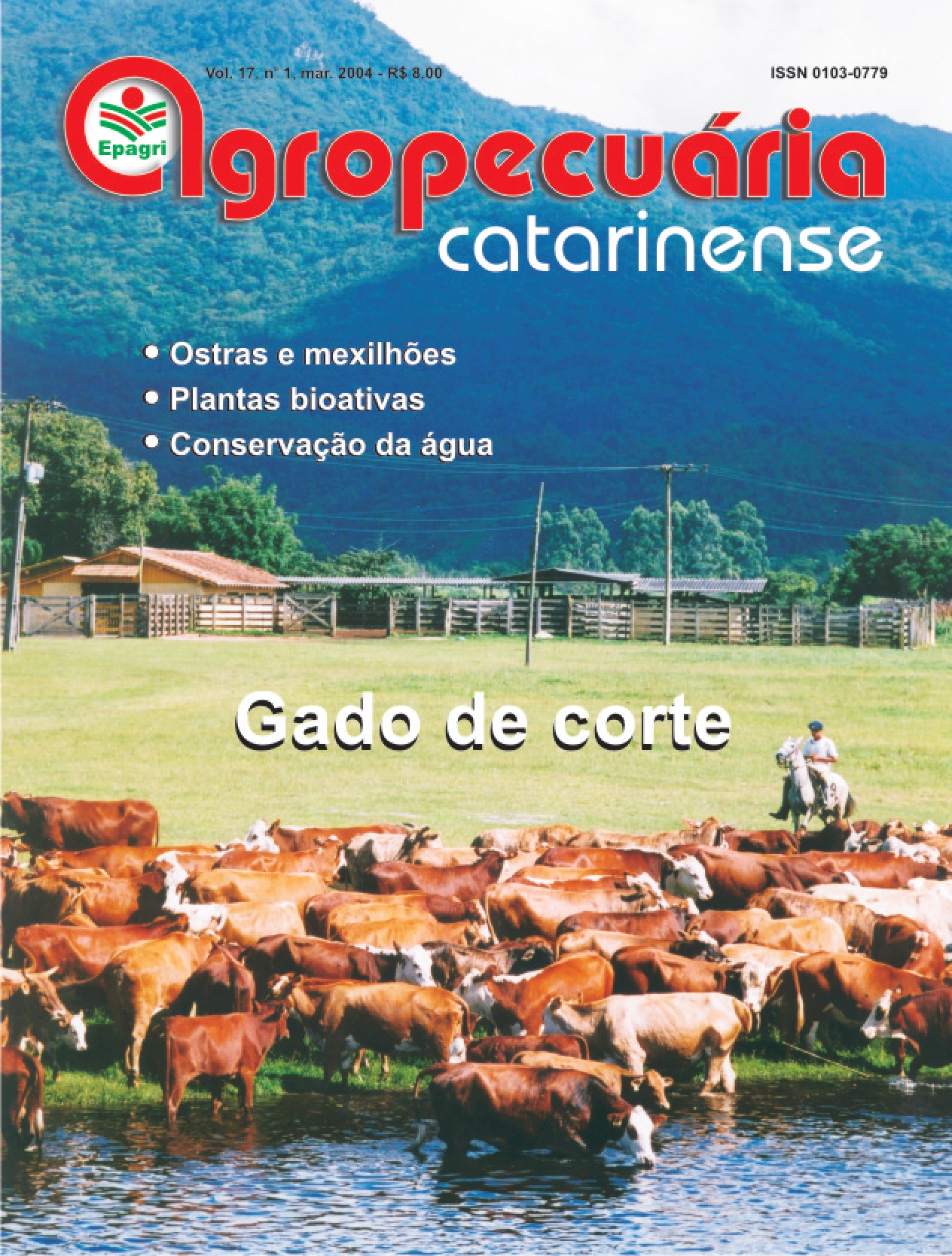Viability of the use of organic compost in the cabbage production
DOI:
https://doi.org/10.52945/rac.v17i1.992Keywords:
Brassica oleracea var. capitata L, organic fertilization, agroecologyAbstract
The organic production of vegetables excludes the use of synthetic chemical products in the productive
process and it recommends the use of organic compost as one of the alternatives for fertilization. Because of the lack of knowledge, the farmers apply the compost in the same way as the chemical fertilizer, that is, they parcel out its
application in three times during the cabbage cultivation. To obtain answers about the amount of compost to supply the nutrients as well as the time of application in the cultivation of the cabbage, an experiment was carried out with
six treatments, where the compost applied one, two and three times was compared with the chemical fertilization officially recommended and with that used by the farmer (chicken manure plus chemical fertilizer), maintaining a control plot without fertilization. There was no significant statistical difference in cabbage yield among the plots that
received chemical fertilization and compost in only one application. It was concluded that for the agroecological cultivation of cabbage, it is viable the use of compost as source of nutrients in only one application during the transplant, based on the productivity and on the labor economy.
Metrics
Publication Facts
Reviewer profiles N/A
Author statements
- Academic society
- Epagri - Revista Agropecuária Catarinense
- Publisher
- Empresa de Pesquisa Agropecuária e Extensão Rural de Santa Catarina - Epagri
Downloads
Published
How to Cite
Issue
Section
License
Copyright (c) 2004 Agropecuaria catarinense

This work is licensed under a Creative Commons Attribution 4.0 International License.





